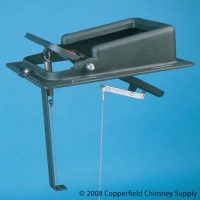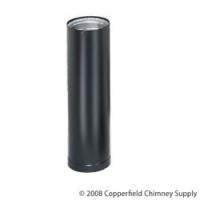Many people find cold winters almost unbearable, and if you have a cold house it can be awful and uncomfortable. Many people hate turning up the heat due to increasing energy costs, but it seems the only alternative is to suffer. No so. Your home may be either producing heat inefficiently or it may be allowing heat to escape. Keeping your house toasty and warm may be easier than you think.
If you always seem to have the heat cranked in your home, but it’s chilly anyways, you could have air leaks that are letting the heat out and the cold in. Check in each room of your house to see if some are colder than others are. If you notice they are, then check around any doors that lead to the outside as well as the windows in the room.
There exist many low cost options that address the problem of draft. Options such as rope caulk and door sweeps are cost effective and fix the problem speedily. Rope caulk is used to seal up windows and door sweeps address the issue of draft that may be entering from underneath the door. Both are very economical yet very effective tools.
If you haven’t noticed any drafts around doors and windows then check out your chimney. If you have a chimney that’s open all winter long you may be letting heat escape and cold air in. When your fireplace isn’t in use be sure to close up the chimney and you may notice a huge difference almost immediately.
The sun is a free source of heat energy. With cooking and heating implements in the market that are run on solar power – why should we not use this great source to heat the home. Therefore, if the sun is shining open up curtains to let it in and see the amount of heat that is generated by such a simple thing.
If rising energy costs are a concern but you still want a toasty warm house, consider purchasing a programmable thermostat. These inventions are brilliant. With a simple setting you can automatically program the thermostat to lower the temperature at night when you’re in bed with blankets. Then, program it to rise right before you wake up. This way your house is nice and cozy, but you save a lot on your heating bill. The cost of the new thermostat will pay for itself in heat savings.
Heat may also be lost to an unfinished basement. You may wonder how this can be if it’s closed off from the rest of the house, but where is your water heater? It may be losing heat before it even gets into the rest of your house. You can purchase inexpensive outer casings to protect heat loss.
Having tried all this, if the house continues to be cold, then it is time to get the insulation checked. An expert can check if the insulation is doing its job. Looking around and shopping for different contractors could get you a good deal that does not cost the roof. Good insulation is instrumental in keeping the house warm and results in reduced heating costs.
The way to beat spiraling energy bills and yet keep the house warm is by taking a few precautionary steps that do not cost a whale lot of money and yet are effective.
About the author: Stuart Fendor is the chief editor for FL Heat, the best place on the internet when you’re after fresh up to date advice and comment to do with Heat. For more free articles on Heat: visit: www.flheat.com/articles





